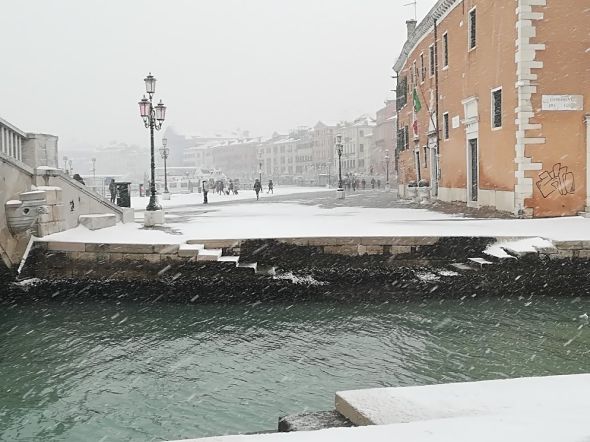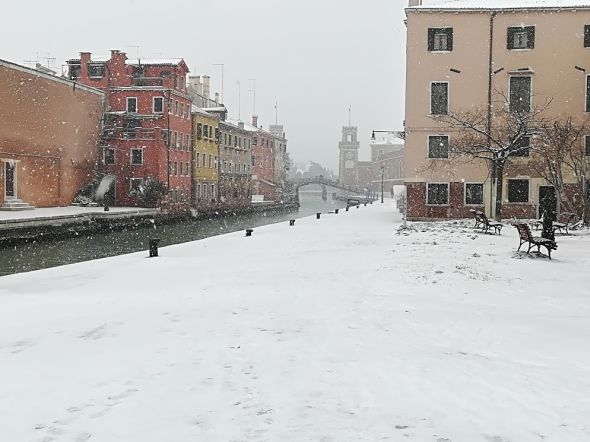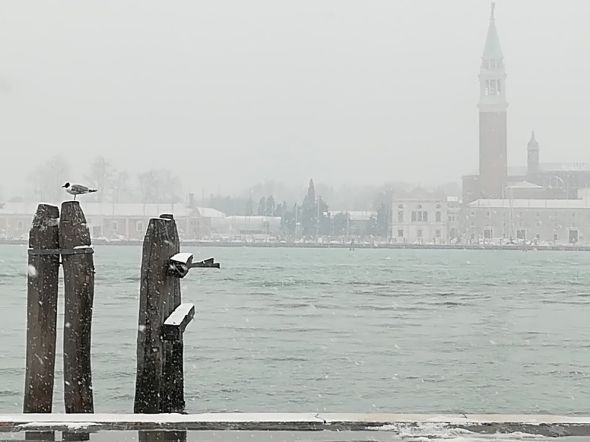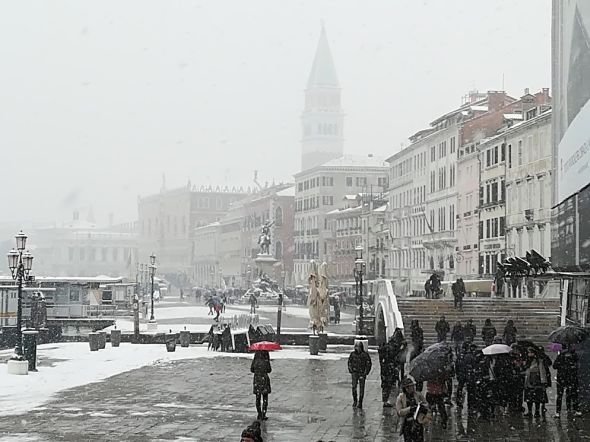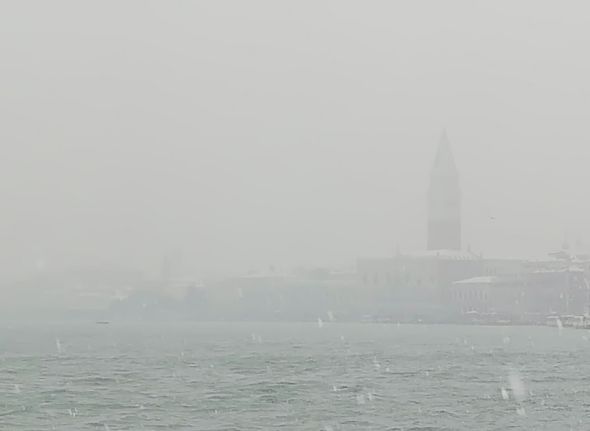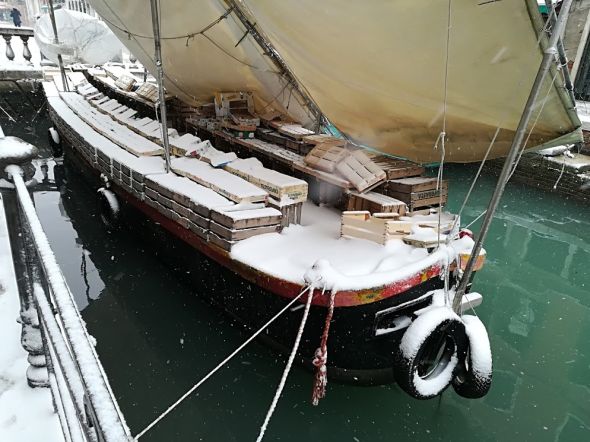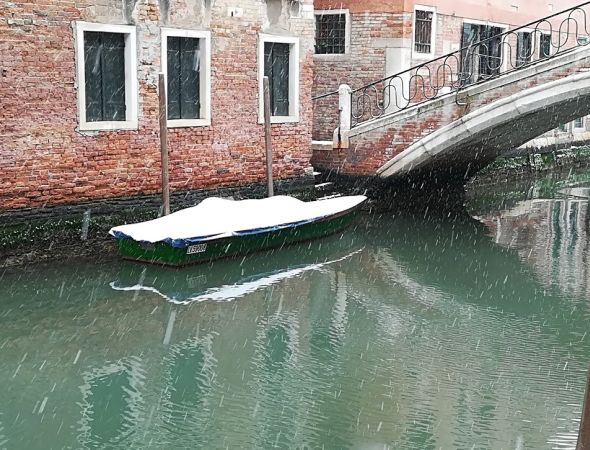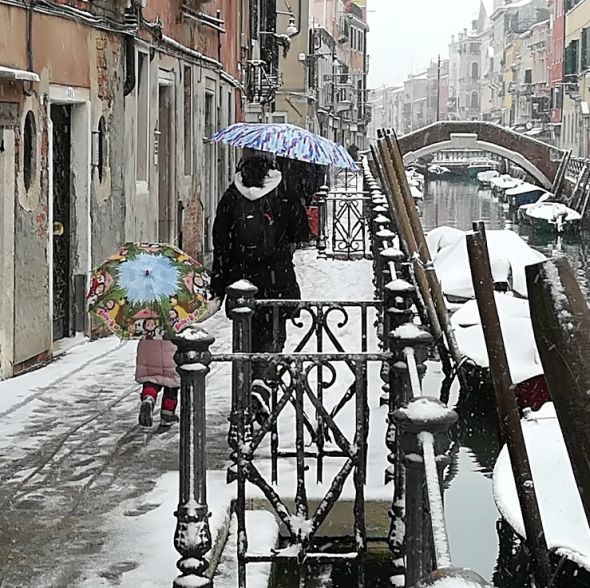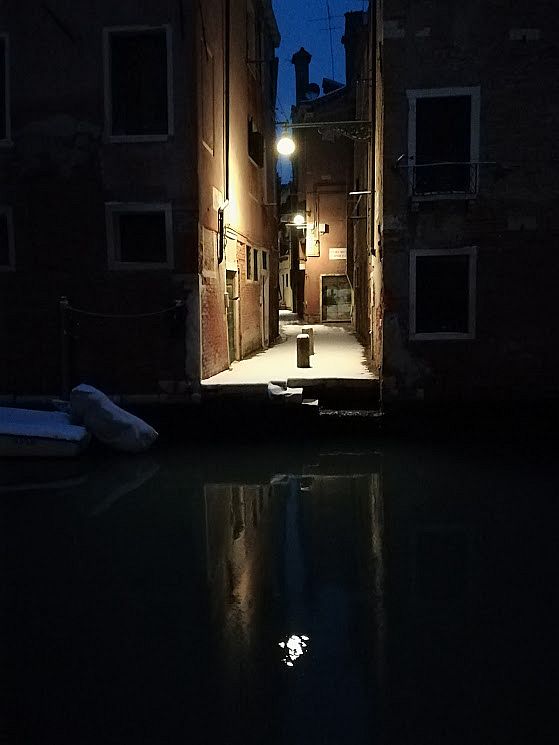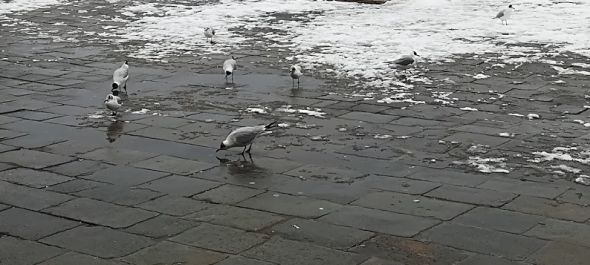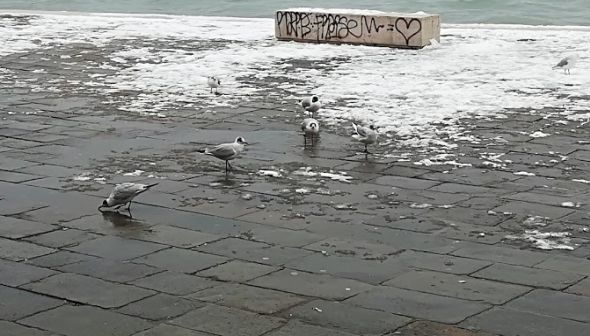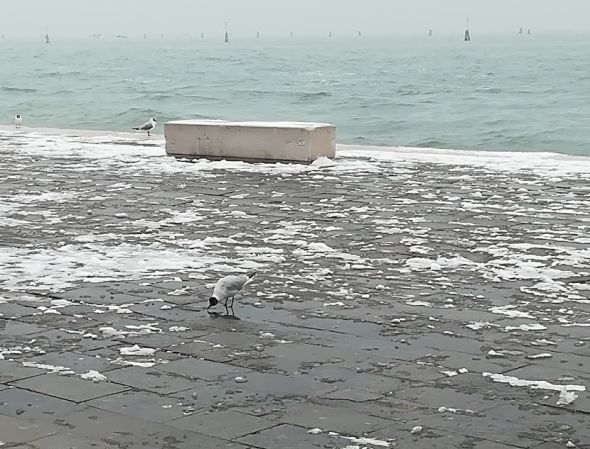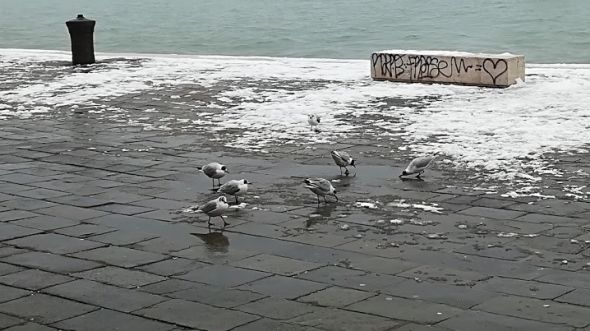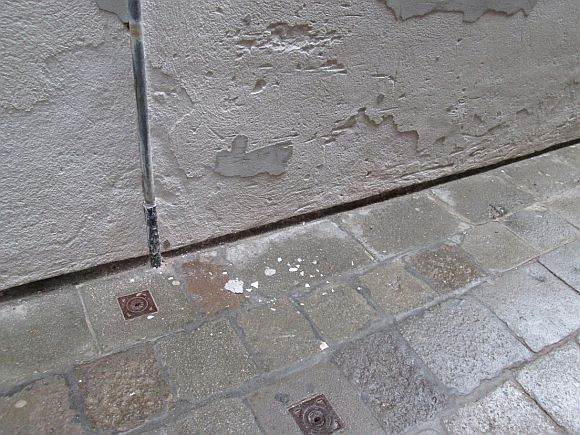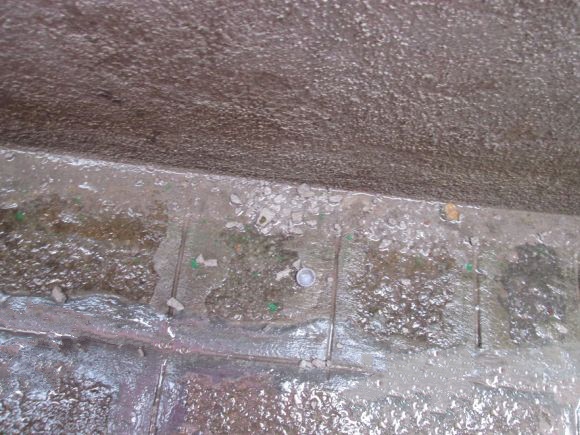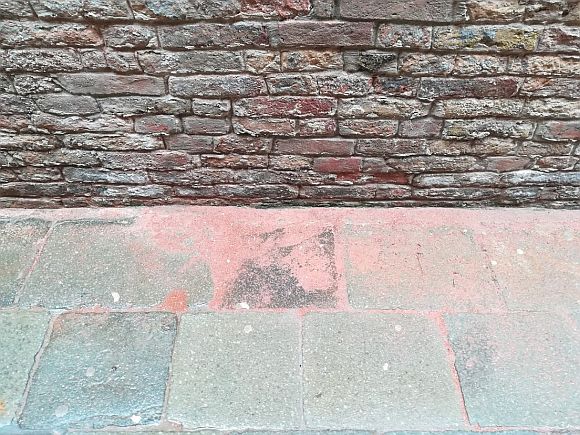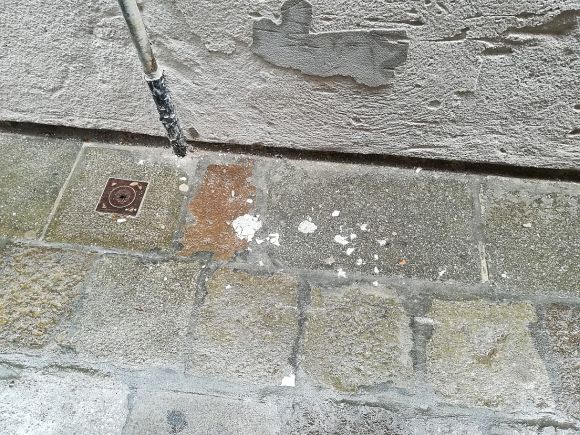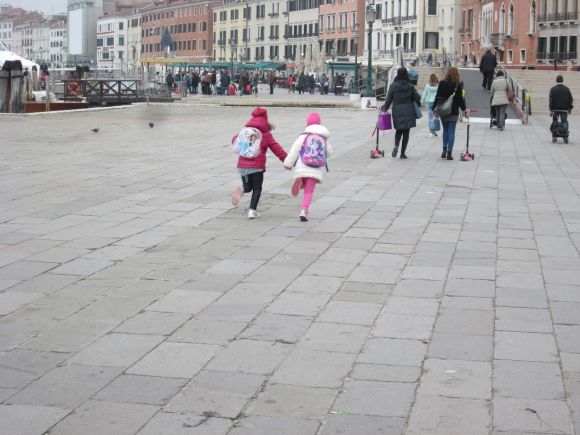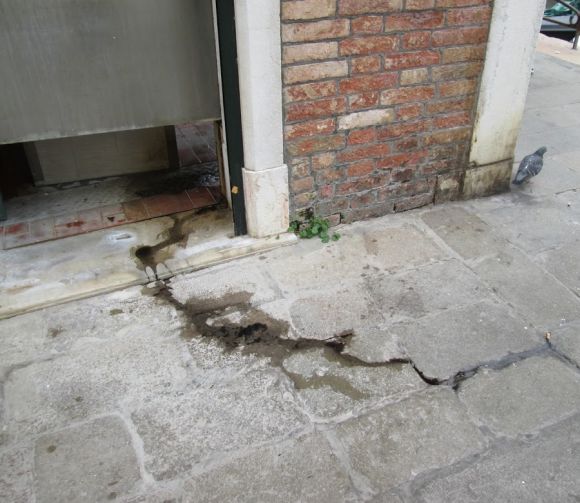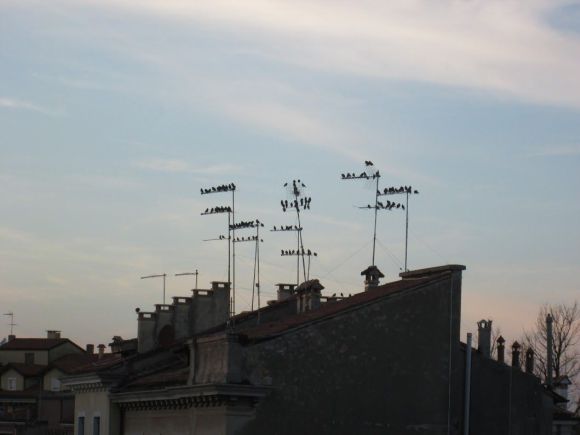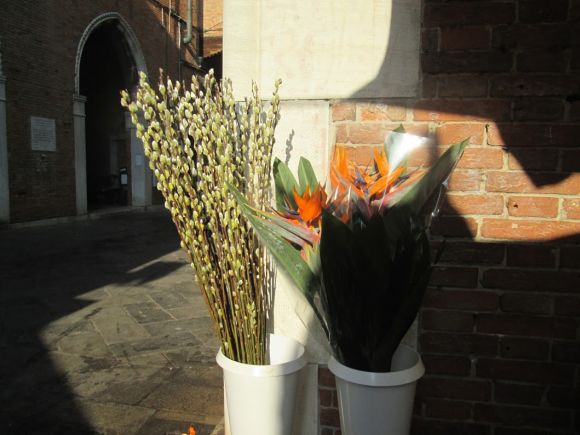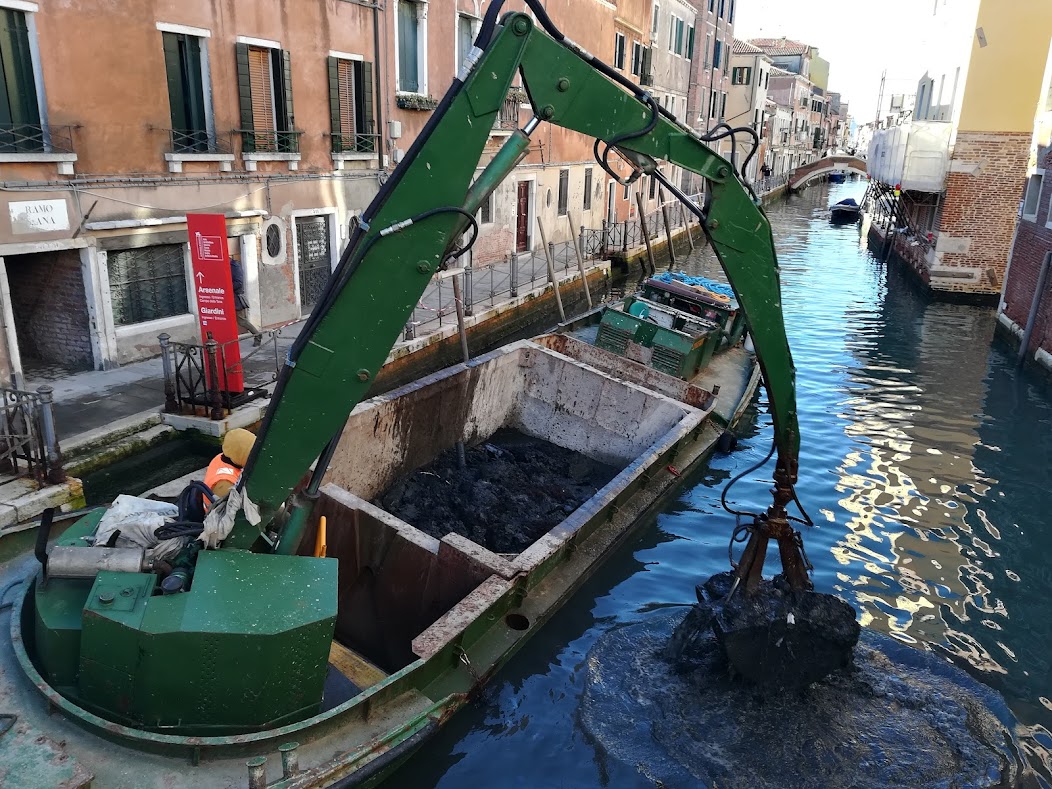
After my post on dredging (which was far too long ago, I apologize), I’m attempting a return with some answers to the question several readers put to me: What happens to the mud that is dredged from the canals?
Bear in mind that Venice has dredged its canals many times over the centuries and deposited the mud somewhere it could be useful. For example, the island of Sacca Sessola was created from 1860-1870 with the mud dredged from the area of Santa Marta during the deepening of the canals of the maritime zone. And it is far from being the only one.
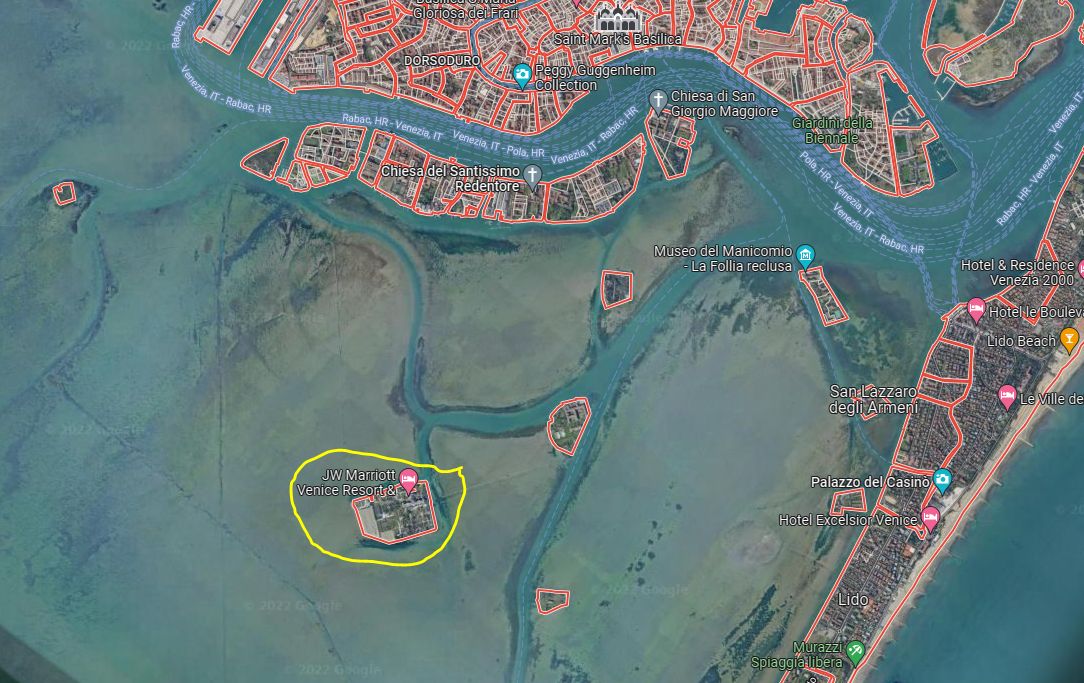
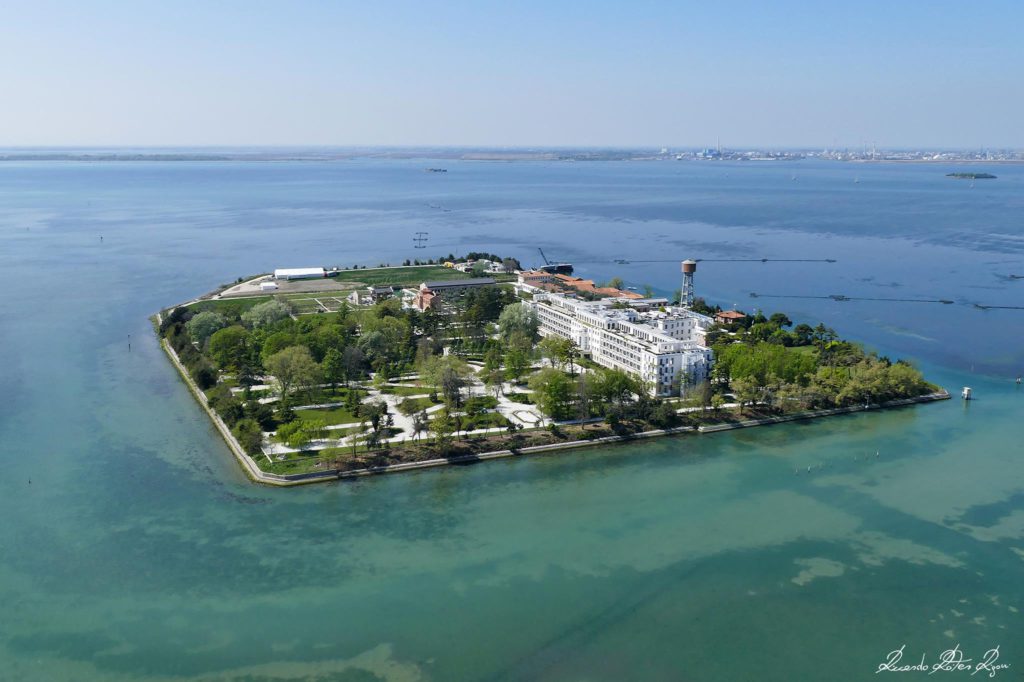
Small digression: “Sacca” (saca in Venetian) is often used to identify such places, but don’t confuse it with sacco, which means “bag.” A sacca is defined as “an inlet or cove of the sea, lake, river, or more precisely the bottom of an inlet or gulf. In geography, the accumulation of brackish water, very shallow, that is formed in sandy areas that separate the branches of a delta, from the resurgence of seawater from the subsoil.” End of digression.
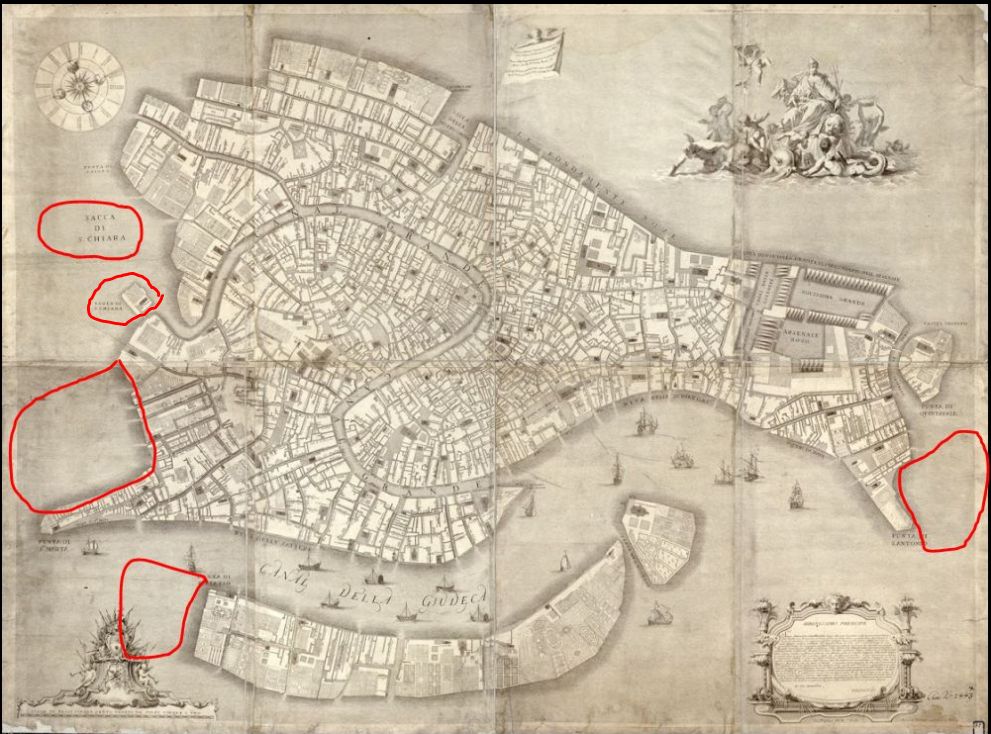
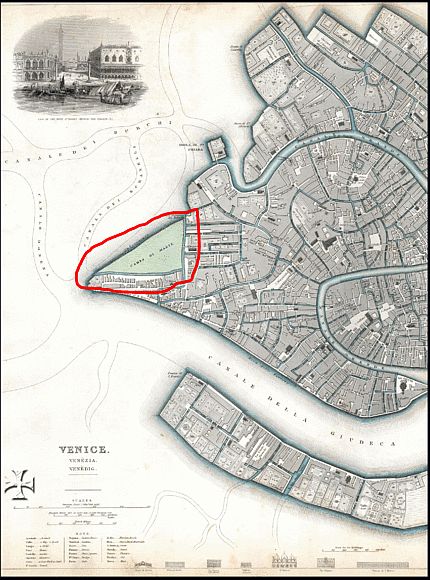
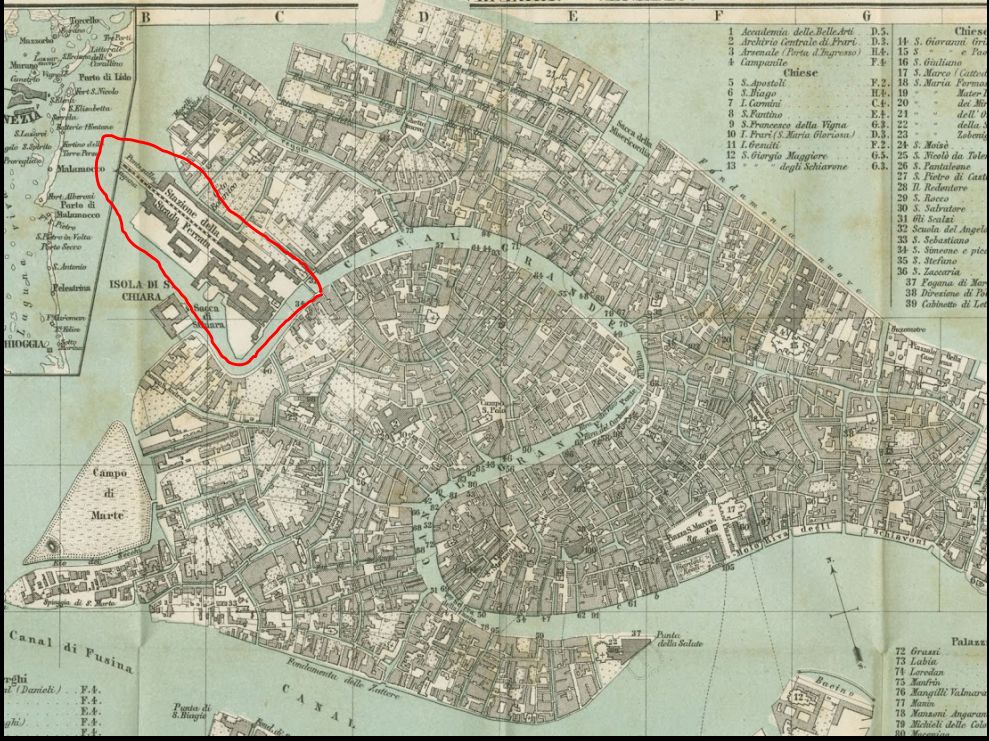
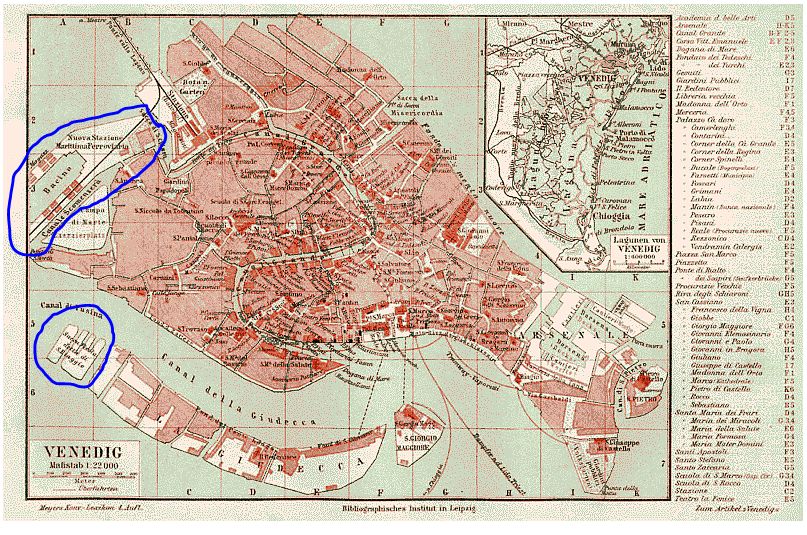
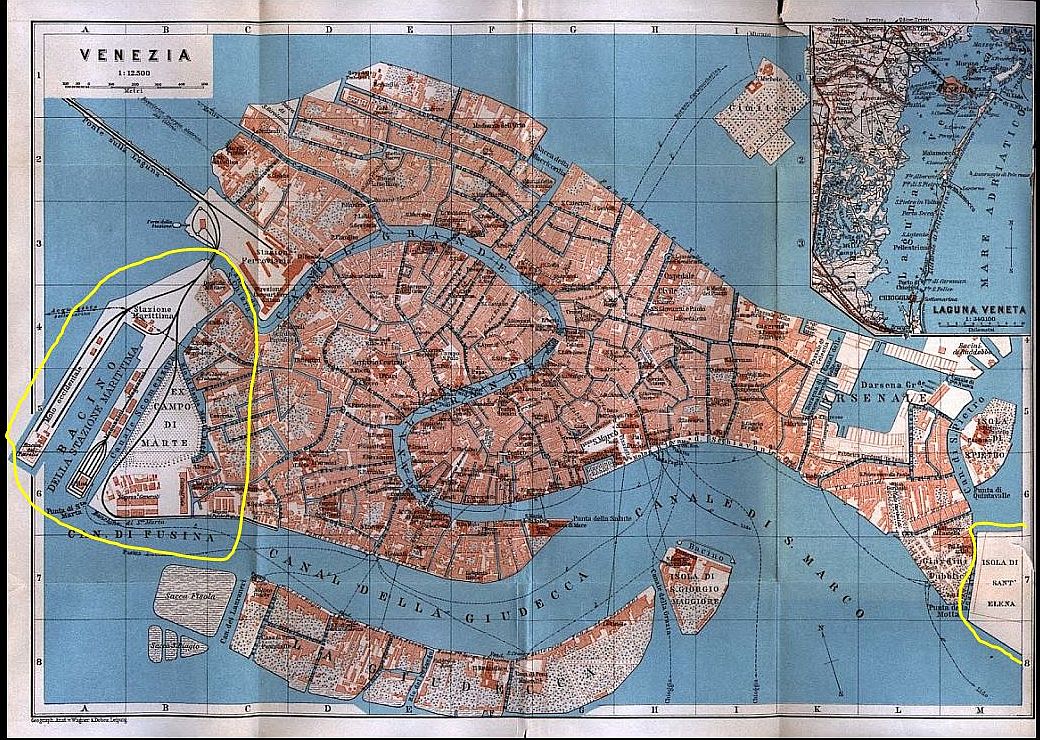
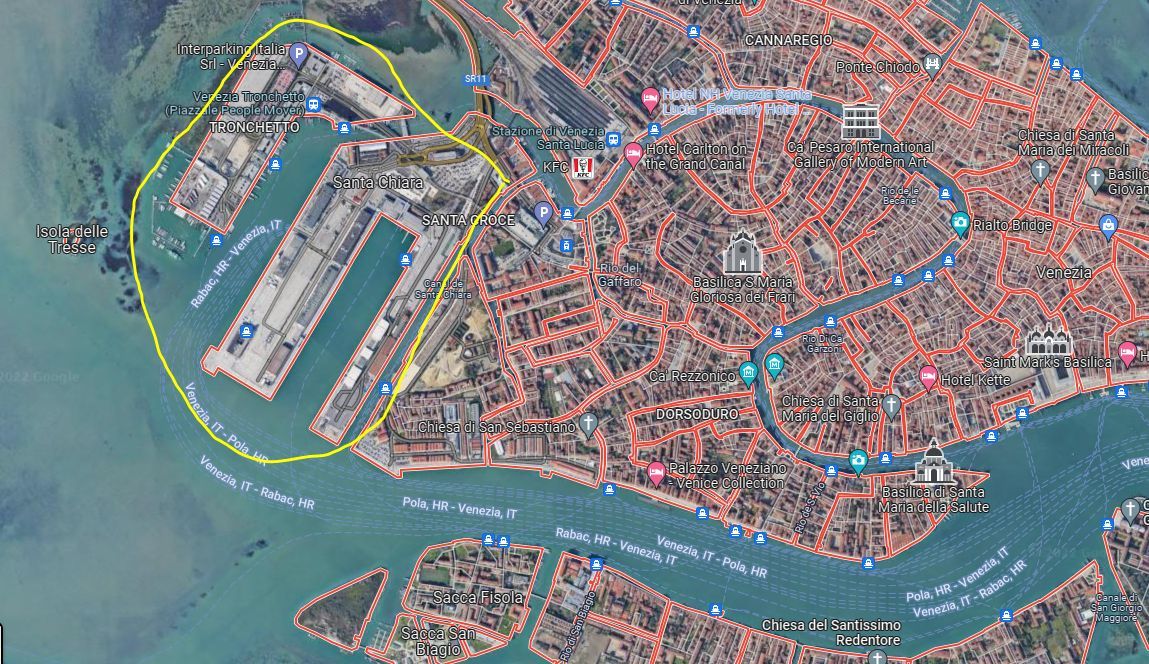
Murano, a natural grouping of lagoon islands, has been amplified with dredgings over the years; if you look at Google Maps (satellite view) you can easily locate Sacca Serenella, a sort of industrial zone to which no tourist would be lured. Murano has also grown on its northern perimeter by the addition of yet another island, mostly barren at the moment, where the Centro Sportivo San Mattia is located.
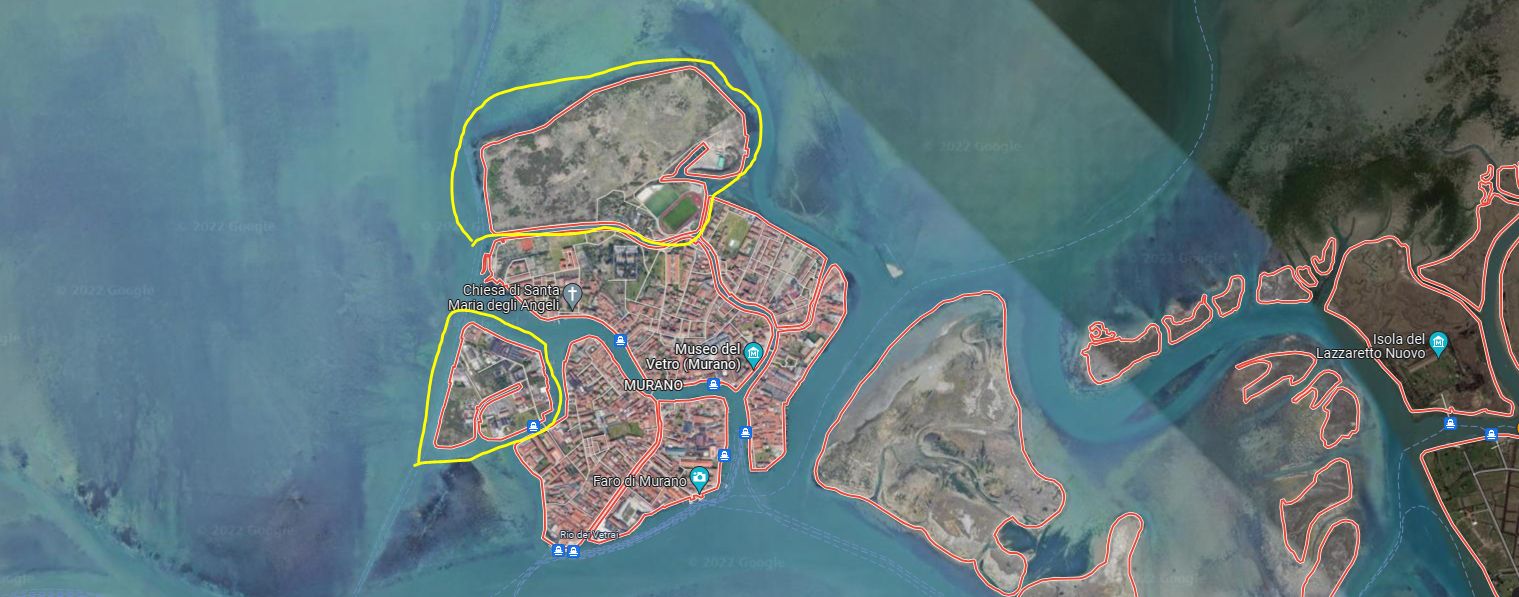
The cemetery island of San Michele has undergone quite an expansion over the past few years, thanks to dredgings from the city and environs. Puts a perfect, if slightly queasy, spin on the old “dust to dust” trope. I wonder if you could specify in your will that you want to be buried in the mud dug up from the canal nearest to your home.
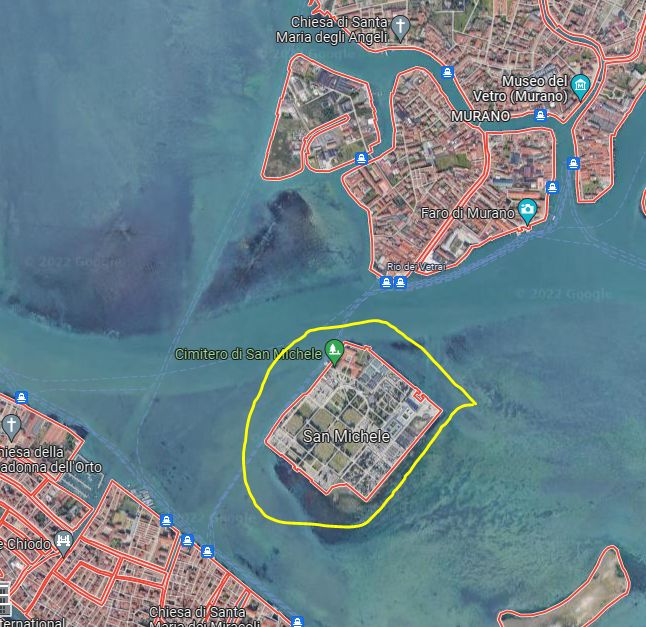
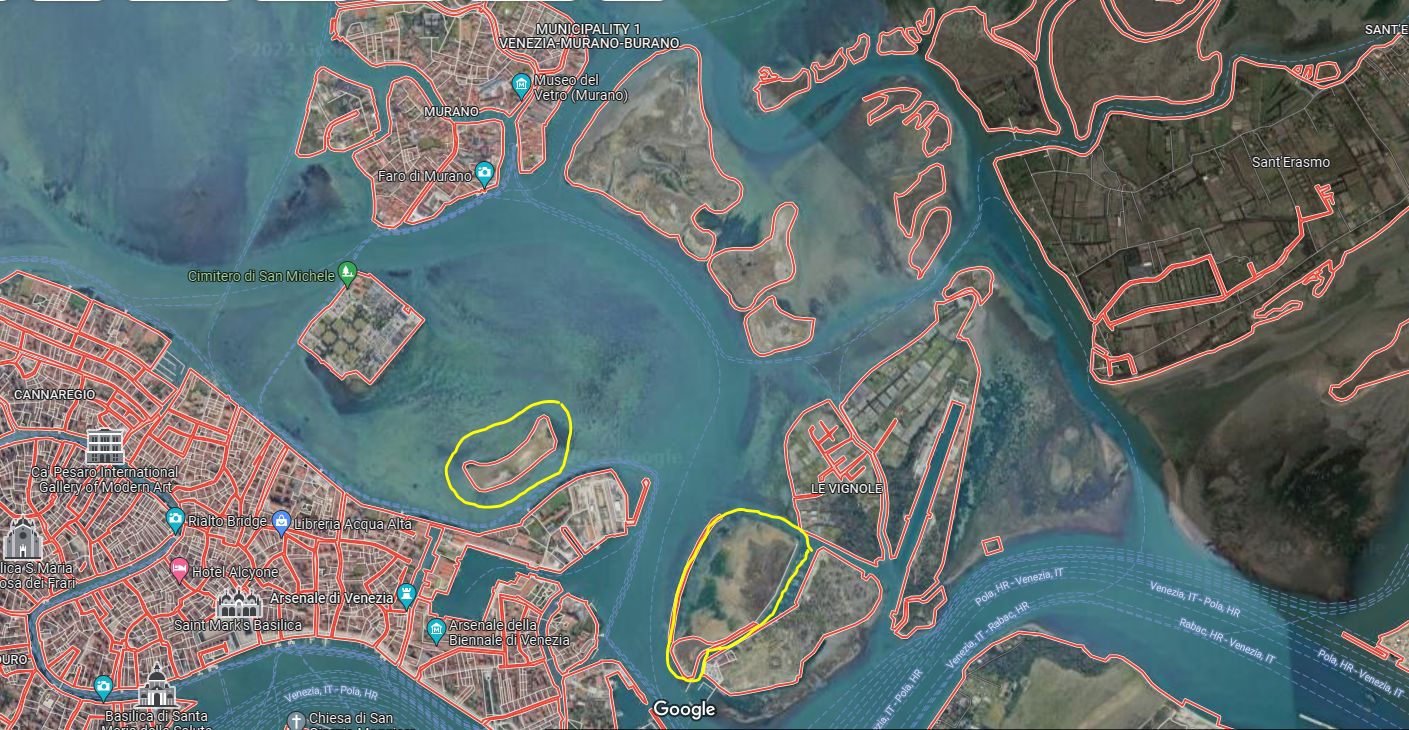
When there is a large quantity of mud to be deposited, it is sprayed from enormous barges through high-powered tubes, specifically to form new barene (marshy islands). This process was quite a spectacle for a while during the construction of the “Vento di Venezia” marina at the island of the Certosa.
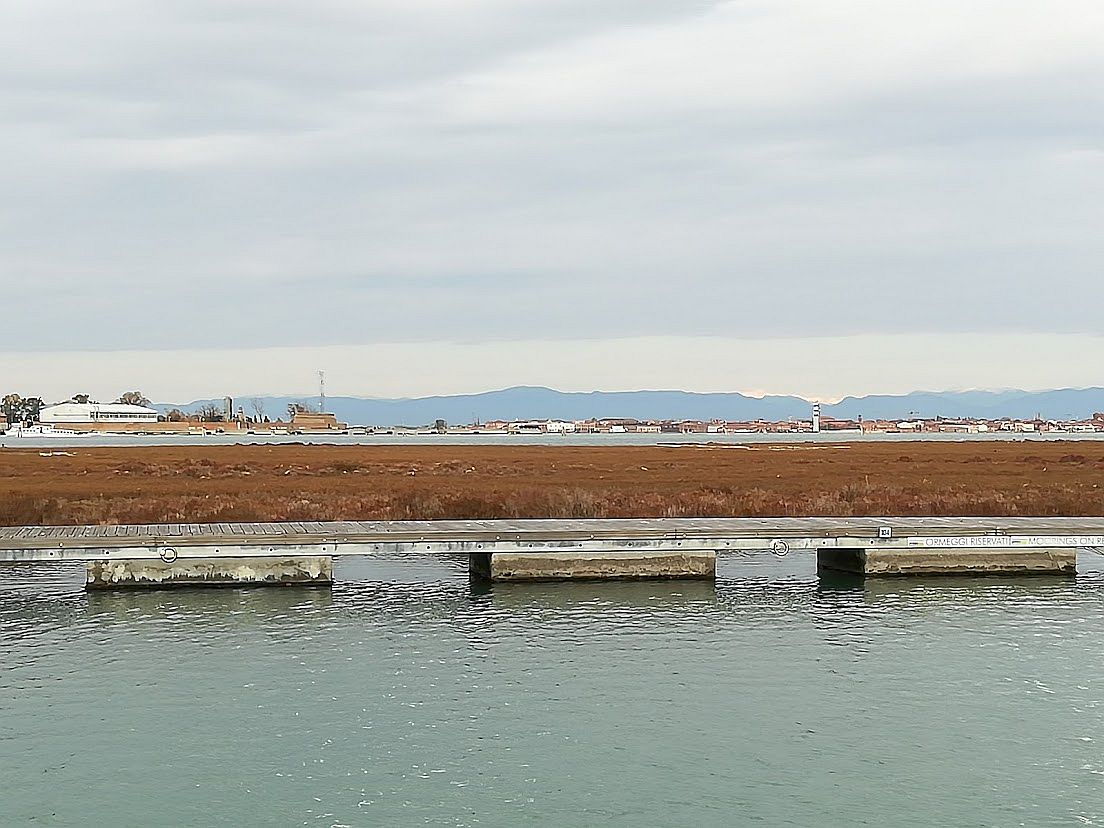
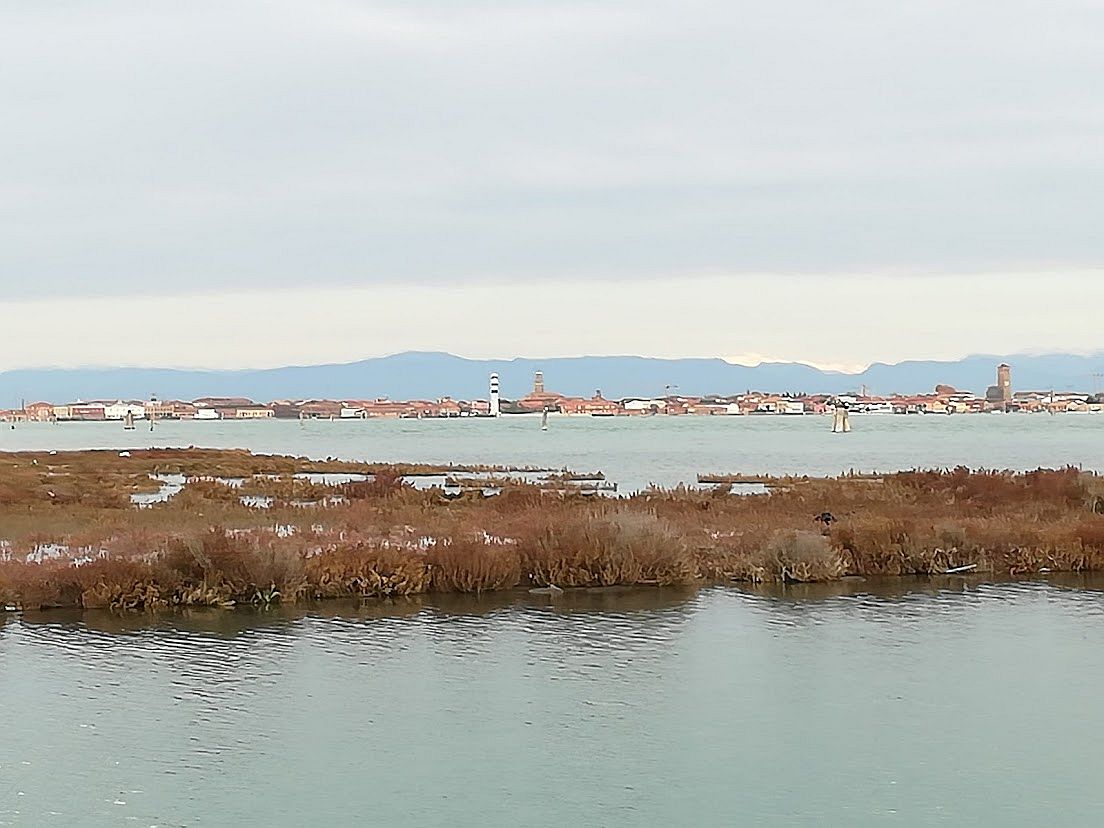
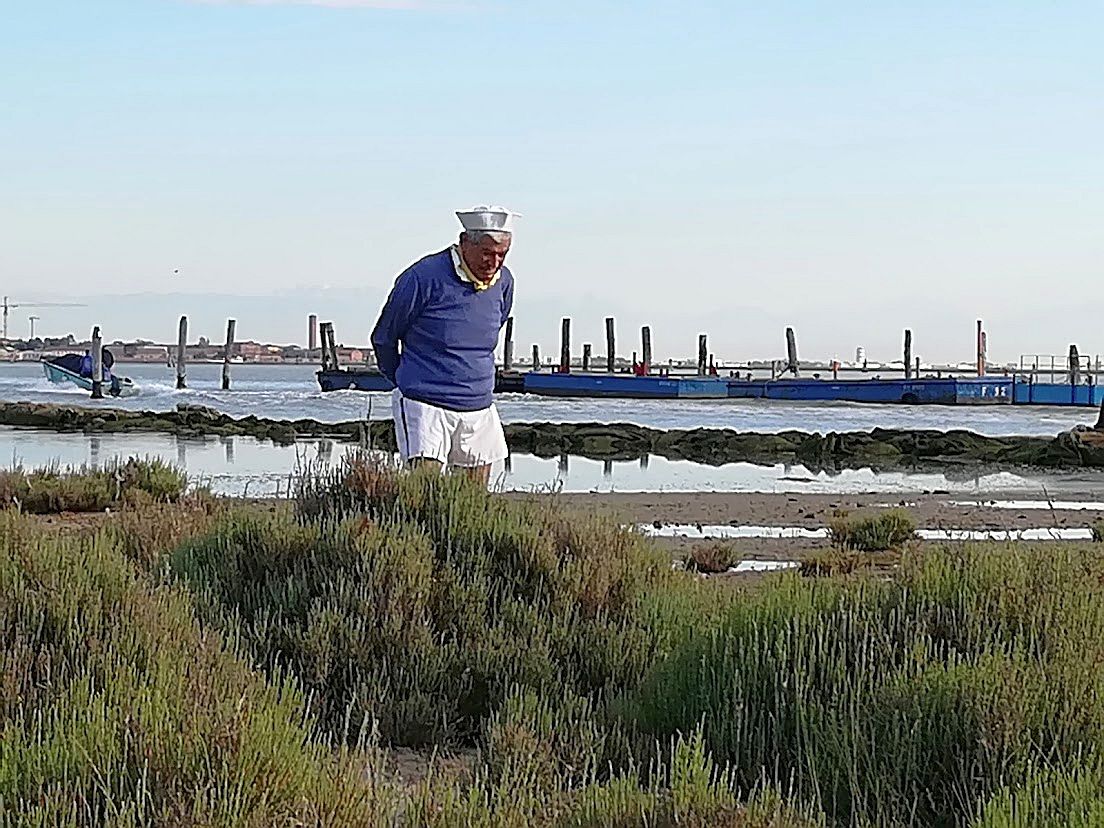
Unhappily, sometimes the mud is poison. I’m not picking on Murano, but canals near the glass furnaces are known to contain arsenic and a few other chemicals not conducive to health. The sediments along the lagoon edge by the Industrial Zone are loaded with heavy metals — pick your favorite, it will be there. Sometimes illegal clammers go there at night, sell the clams, they’re sold to restaurants, etc. You can imagine.
Because the provenance of the mud matters, there is a system by which it is analyzed and classified and, if necessary, treated to render it harmless. This is more than usually important if it’s being sold to farmers to enrich their fields. I haven’t researched the system(s), so please don’t ask me. The point is that they exist.
The mud of Venice. You probably wouldn’t call it poetic, but it’s just as important as the water.

